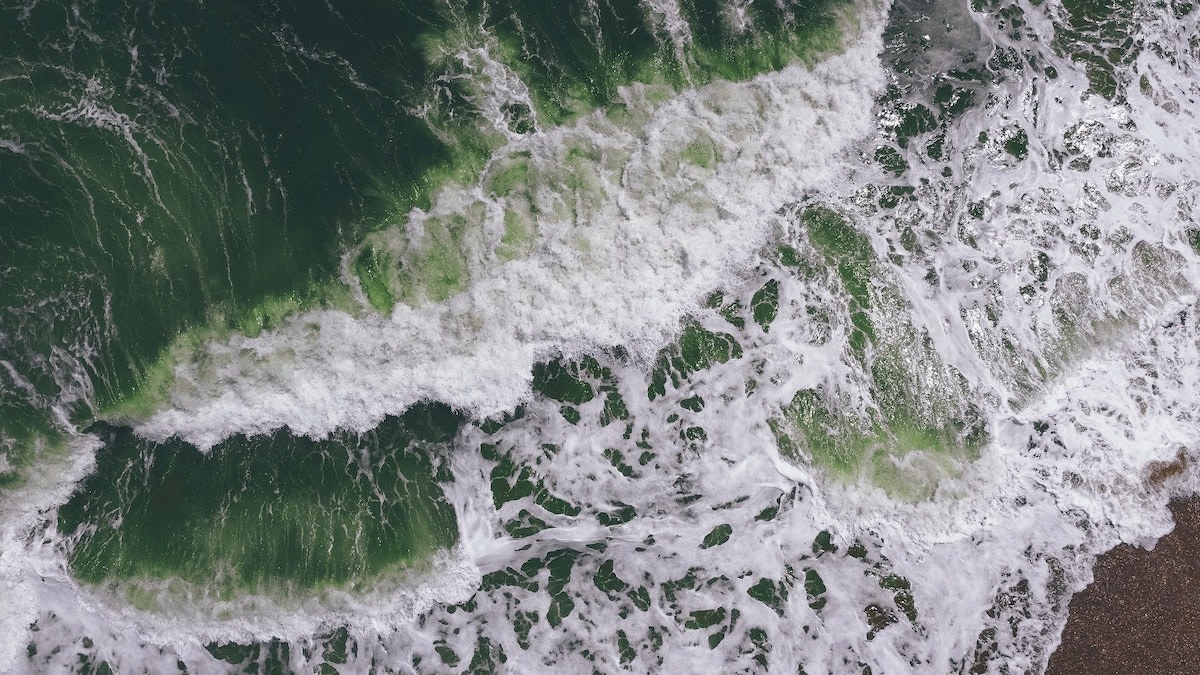5 Ways to Capture Texture in Photography
Written by MasterClass
Last updated: Jun 7, 2021 • 3 min read
Use texture in photography to make your photos come alive with an added layer of depth. Learn to photograph the texture of everyday objects to create beautiful, unique images.
Learn From the Best
What Is Texture in Photography?
In photography, texture is the visual depiction of variations in the color, shape, and depth of an object’s surface. You can accentuate the appearance of texture by adjusting the lighting—or through post-processing in an editing program—but the key to ending up with breathtaking texture in images is first knowing how to properly photograph texture.
5 Ways to Capture Texture in Photography
Follow these simple photography tips when capturing texture in images.
- 1. Use a tripod and a timer to prevent camera shake. Texture photography requires capturing sharp details, meaning you typically need to use a high aperture setting (f/6.0 or higher is recommended). A high aperture creates a shallow depth of field in order to focus on the small details of surface texture; the downside is that a high aperture comes with a slow shutter speed, which is more prone to create blurry photos due to accidental camera shake. To avoid falling into this trap, use a tripod and snap your photos using the camera's timer function so that the camera remains as still as possible.
- 2. Use a macro lens for close-up shots. Photographing small, elaborate textures in a close-up shot requires using a special macro lens to fully capture the fine details of the texture.
- 3. Remember that proper lighting is key. For outdoor texture photography, shoot on a sunny day when the sun hits your subject at an angle. This natural side lighting allows you to take advantage of the depth created by shadows. For indoor texture photography, simulate natural light by using an artificial light source with several brightness settings. Adjusting its brightness lets you experiment with how different light levels affect your shots.
- 4. Experiment with different angles. Shooting from different angles alters the way the light hits your subject, potentially emphasizing textures that weren't visible from your original vantage point.
- 5. Search for patterns. Repeating shapes and lines make some of the most splendid texture images. Look for textured patterns everywhere, and you'll find many new potential subjects.
How to Find Interesting Textures to Photograph
Once you know what to look for, you'll find it's easy to train your eye to spot compelling textures to photograph.
- 1. In nature: No matter what climate you live in, the great outdoors is an amazing source of inspiring and unique textures—from grass, sand, soil, and snow to plants and trees. If you can safely get close enough to wildlife, animal fur and fish scales make captivating subjects as well. And for a more complex shot, look for different textures mixed together, like water droplets on a plant leaf or sap on tree bark.
- 2. In textiles: You can find striking visual textures in fabrics around your home. Think knit sweaters, plaid shirts, woven rugs, drapes, bath towels, afghan blankets, furniture upholstery, and more. See what interesting textiles you have around the house and then fold them into different shapes to create new compositions of shadow, light, and texture.
- 3. In architecture: The interiors and exteriors of buildings are filled with various types of textures. Look around to find textures like wood grain, peeling paint, brick walls, cement blocks, raised tiles, and corkboard.
- 4. In food: The kitchen is an easy place to assemble a variety of great textures for food photography. Cooking a complete meal is a great way to give yourself multiple colors, shapes, and textures to capture all on one plate.
Want to Learn More About Photography?
Become a better photographer with the MasterClass Annual Membership. Gain access to exclusive video lessons taught by photography masters, including Jimmy Chin, Annie Leibovitz, and more.
